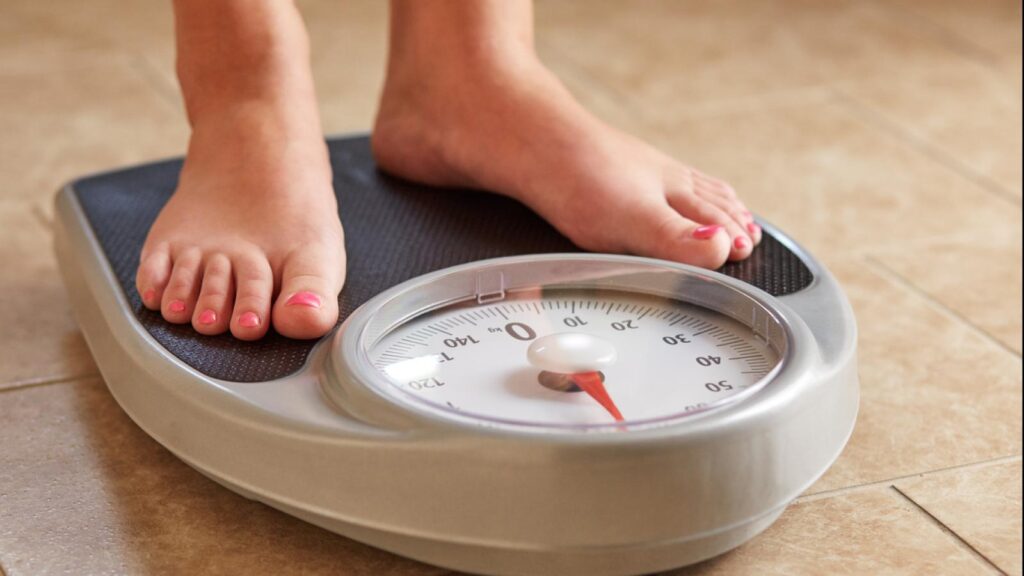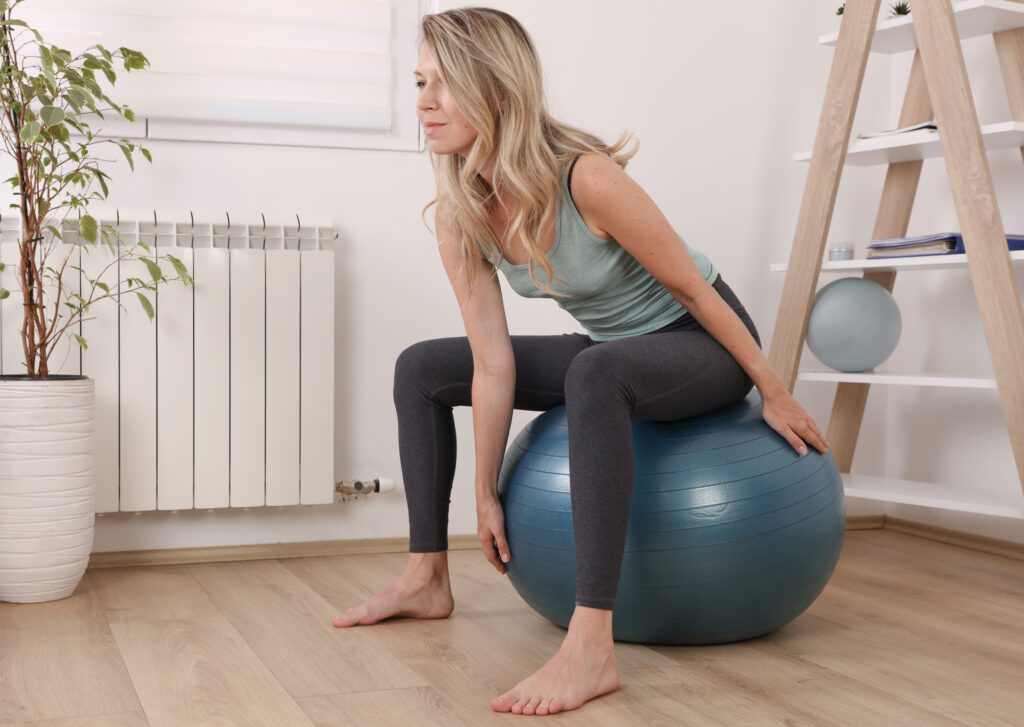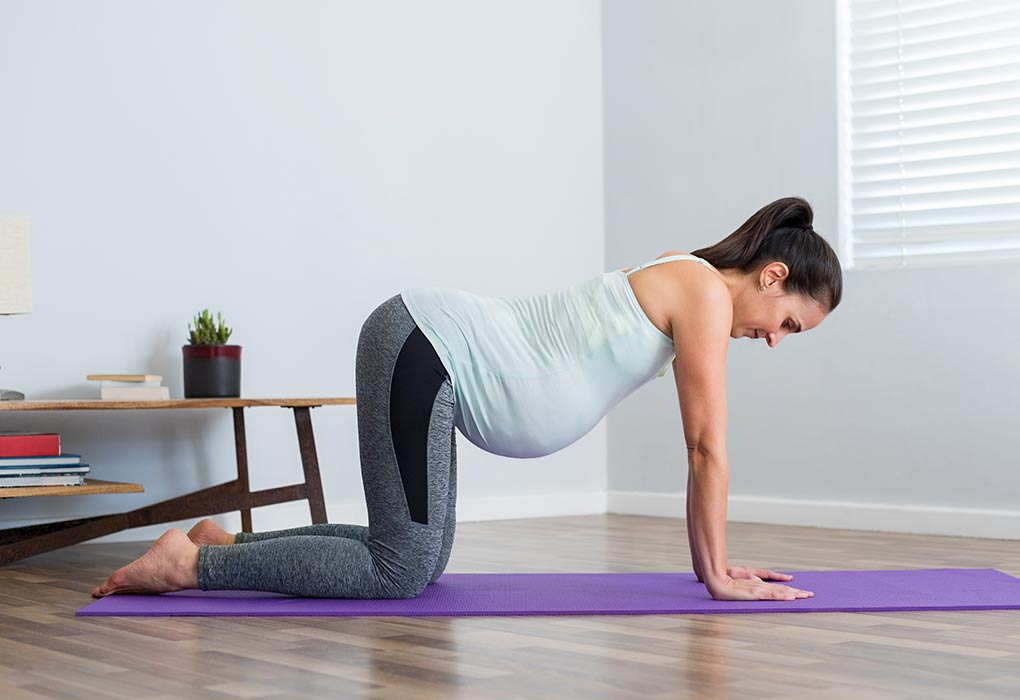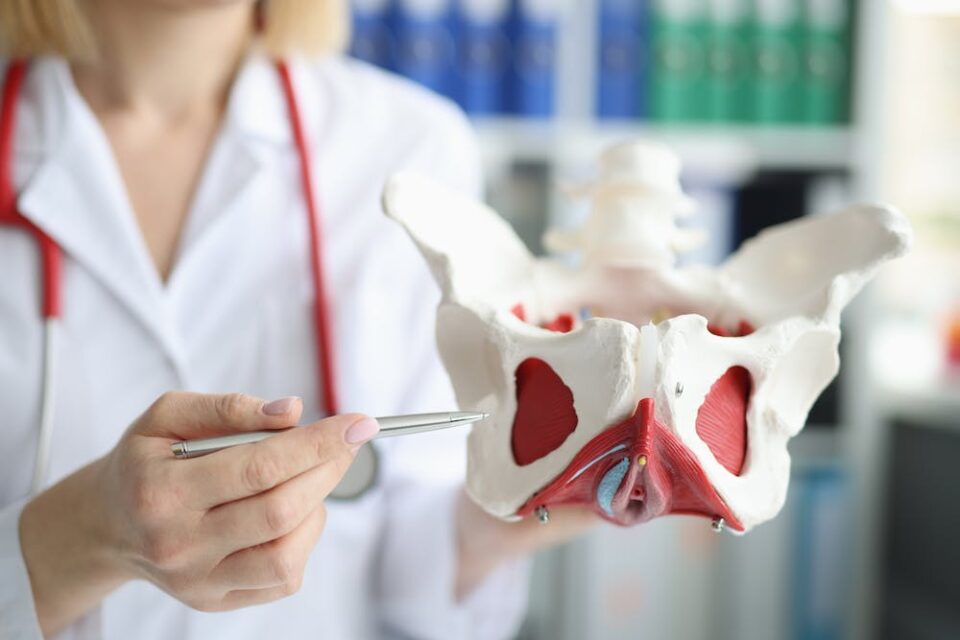Muscles and ligament structures make up the pelvic floor. The function of these soft tissues is to connect to the pelvis, particularly the structures at the base of your pelvic region. The pelvic organs are the urethra, rectum, and both the large and small intestines and bladder throughout all persons.
The pelvic floor includes the womb, cervix, and vagina, should you have one. Conception, childbirth, and aging can all damage your pelvic floor tissues, resulting in urine leakage and unpleasant intercourse. Your pelvic muscles are also vital in sexual performance, namely in producing orgasms.
The most natural way to strengthen your pelvic muscles is by exercising regularly. The pelvic floor exercises that include the use of a pelvic floor trainer aim to build the muscles in the pelvic region.
Can Pelvic Muscles Be Strengthened Naturally?
The good information is that developing your pelvic muscles is simple and may be accomplished with various workouts and stretches, like being a part of Kegels, yoga stretches, respiration methods, and others.
These workouts educate your muscles on how to engage and relax effectively. They’re also highly restorative, allowing you to inhale more thoroughly and relax more completely. Here are some ways in which you can strengthen your pelvic muscles naturally.
1. Kegels

Kegels are indeed the standard technique for building your pelvic muscles since they are free and simple. Just squeeze as though you were attempting to stop yourself from peeing. Wait for a couple of seconds before releasing and repeating.
If it’s challenging to fit this into your schedule, try scheduling a timer on your smartphone or Kegeling each time you get to a point where you need to take a break. Kegel modifications include gradually squeezing your muscles (picture your vagina as nothing more than a slow-rising lift) and extending the duration of the squeeze.
2. Stay Hydrated

It’s common to believe that drinking very little water is a smart option when you’re concerned about having to urinate all around the clock. However, this strategy will fail. Dehydration results in highly concentrated urine, similar to Gatorade-colored pee.
This diluted urine irritates the bladder, and now an irritated bladder may experience muscle spasms (trembling with wrath because it’s dehydrated) that mimic the urgency to pee. It ends up backfiring, hence continuing to drink the lifesaving liquid – water.
3. Reduce Your Consumption Of Caffeine And Other Bladder-Irritating Liquids

For many people, it is understandable that coffee is a non-negotiable beverage. So start slowly to reduce the quantity of caffeine intake, set apart a more significant time gap, and reduce the frequency between each cup. Gradually limit yourself to one cup. Other liquids, such as orange juice, cola, and even chai, can stimulate the bladder, intensifying the desire to urinate, so limit your consumption of these beverages.
4. Bladder Conditioning
While it may sound like toilet training for adults, bladder training entails just peeing at scheduled intervals. Start practicing waiting for longer and longer times between peeing. Physical therapists say that individuals who have healthy pelvic muscles only urinate once, about every 3 to 4 hours. Whenever the urge to urinate comes between scheduled toilet breaks, bladder training involves urge suppression methods such as diversion, taking deep breaths, or a sequence of quick Kegels to ease the muscles all around the bladder.
5. Keeping A Healthy Body Weight

Excessive weight can put a lot of strain on the organs protected within the pelvic floor. One may be in danger of leakage or pelvic organ collapse if you are overweight or maintain an unhealthy life.
Simple dietary adjustments and regular physical activity are long-term efforts that everyone may take to maintain pelvic floor fitness. Our bladders are impacted by more than just what we drink. Citrus, fried foods, alcohol, candy, tomatoes, and other food products can also strain the bladder, leading you to urinate more frequently.
6. Yoga

While Kegels focus on a specific location, keep in mind that the pelvic muscles are a component of a larger muscle group that supports several internal organs in their place.
Because the diaphragm, core muscles, and external oblique are all linked to pelvic health, keeping these muscles active is crucial for avoiding pelvic organ dysfunction or incontinence.
According to Prevention Magazine, in one research, women showed a 70% reduction in leakage frequency following a 6-week yoga treatment program.
7. Pelvic Floor Rehabilitation

When your pelvic floor troubles are interfering with your livelihood, consider seeing a physical therapist specializing in pelvic floor troubles. The pelvic floor specialists are uniquely educated to analyze your problem and design a regimen to assist. Massage, toilet training, and carefully developed exercises are all part of pelvic floor therapy.
One of the advantages of intensive therapy is that your doctor will analyze your body, which may lead to the discovery of other physiological causes of your pelvic muscles troubles, such as muscular strain in the torso or thighs.
8. Abdominal And Upper Core Exercises

The following are three critical pelvic-floor-muscle-friendly moves:
- Bridge. Lie backward with the knees bent and hips separated. Inhale, then raise your hips and stretch your pelvic muscles. Wait for about 10 seconds and then repeat ten times.
- Squat against the wall. Place your legs hip-width off from each other against a concrete wall. Inhale deeply, engage your core muscles, and drop your body as though sitting in a chair. Pause for 10 seconds, straighten up and relax your pelvic floor muscles. Continue for a total of ten rounds.
- Jacks of all trades. A classic in the gym. As you leap with your feet apart, strain your abdominal muscles and then relax them as you bounce them together. Continue for another thirty to sixty seconds.
9. Pelvic Tilt Exercise

Pelvic tilts assist in reducing low back discomfort during pregnancy and childbirth by strengthening the pelvic muscles of the abdomen and lower back. Incorporating a stabilization ball into the combination allows you to delve further into your abs while also targeting your groups of pelvic floor muscles.
Conclusion
Including pelvic floor muscle-building exercises in your daily routine is a fantastic method to tighten these muscles and improve your overall health. Keep form and function in mind when performing an activity and engage the muscles. Keep a check on the food you are consuming.
When you’re new to any of these exercises or need extra assistance, try contacting a pelvic floor physiotherapist. They can provide precise recommendations and guarantee you’re performing them appropriately. Furthermore, consult your doctor if your problems start interfering with everyday activities or worsening.



